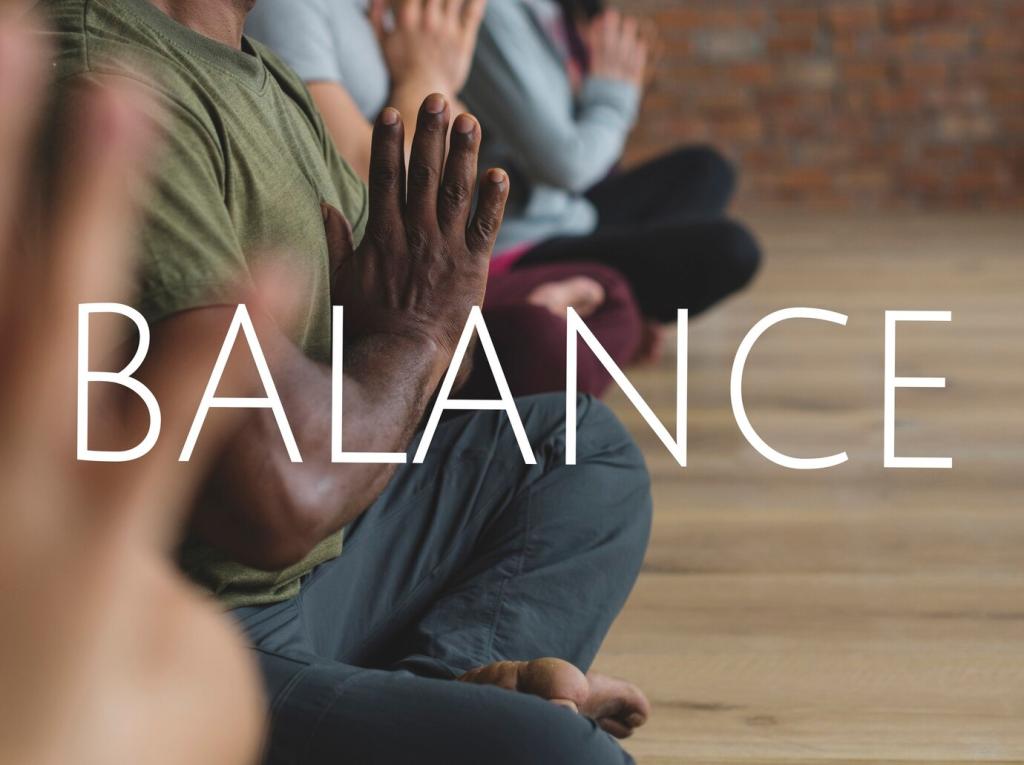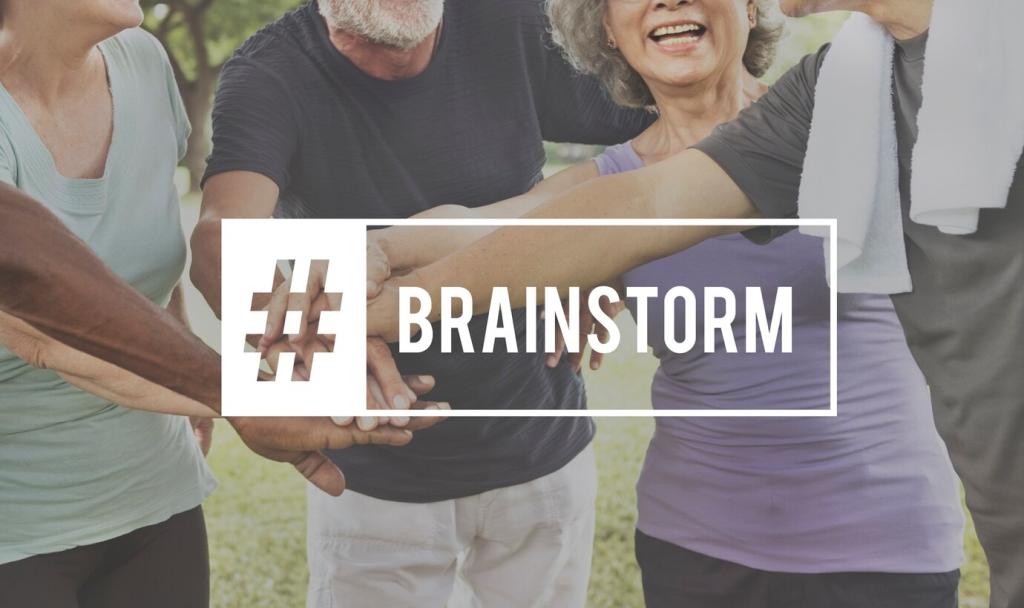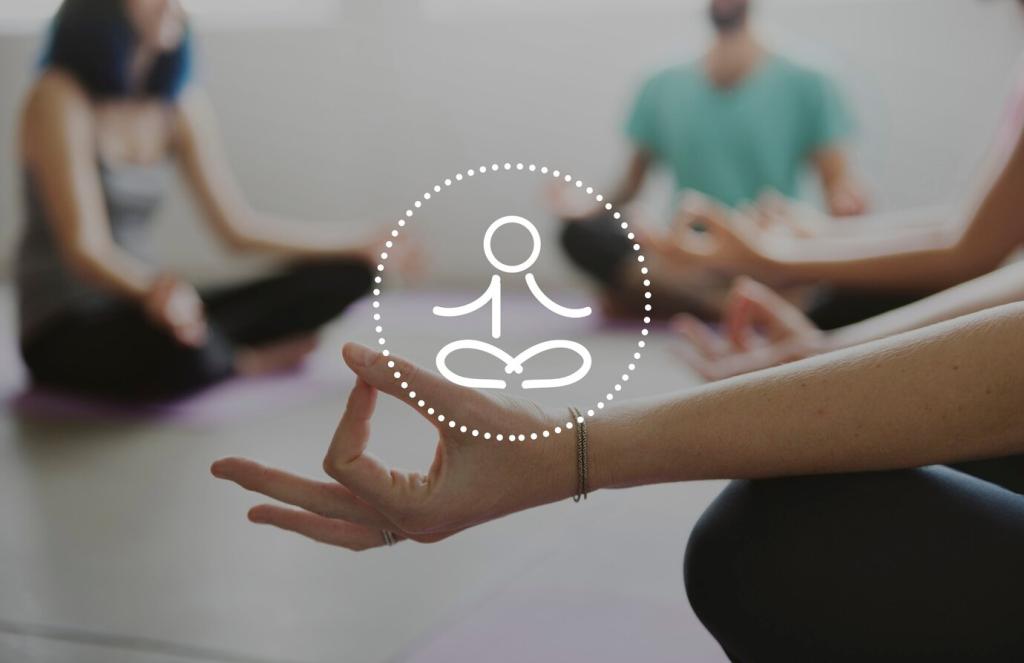Mindfulness at Work Without the Eye Rolls
Before sending that heated message, inhale slowly once, exhale fully, then repeat. Notice the urge to fire back soften just enough to choose kinder, clearer words. This tiny pause often prevents long threads of regret. Try it this week and report one conversation that felt easier because of it.
Mindfulness at Work Without the Eye Rolls
Start meetings with sixty seconds of quiet breathing or a question like, “What matters most for this hour?” One team told us productivity rose as interruptions fell. The ritual took less than a minute and felt surprisingly respectful. Could your team test it for a week and compare stress levels?








